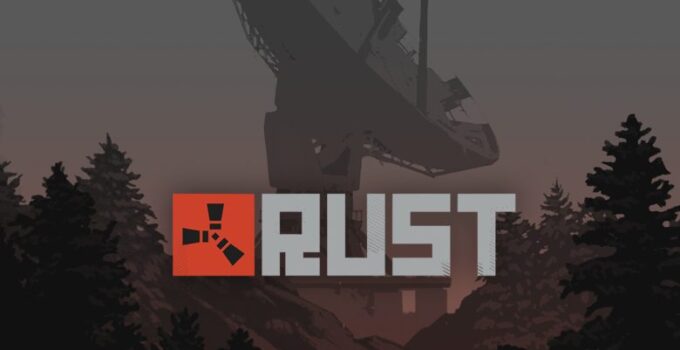Getting started in Rust can be challenging, especially if you’ve never played multiplayer survival video games before. Rust is brutal to all players because everything on the island is out to get you, from the unwelcoming environment with varying radiation levels to the wildlife and other survivors.
Luckily, that post-apocalyptic world offers many resources for building your base and surviving. Animals are excellent material sources for shelter and sustenance, but you can’t hunt them with your bare hands – you need proper tools.
Of course, you need weapons and ammo to defend against other armed inhabitants because many are looters trying to raid well-stocked bases. It’s a dog-eat-dog world where the only aim is to survive, no matter the cost. You can trade Rust skins on Rust trading sites like SkinsMonkey.
A surefire way to make it through the day on Rust Island is to gather, craft, and buy various Rust items. This guide will walk you through them to help you level up your gaming experience.
Rust items explained
Items in Rust are various objects you collect to explore the island, build, decorate, and safeguard your base, gather food resources, and protect your character from environmental factors and other survivors.
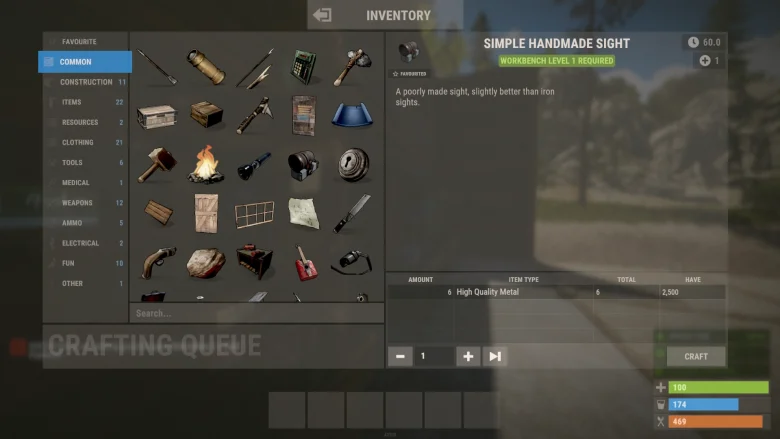
Source: rust.fandom.com
For instance, the Furnace item can help you make valuable metals for building weapons and armor. The Sleeping Bag item gives you respawn points, the Repair Bench helps you fix broken stuff cost-effectively, and the Survival Fish Trap helps you catch fish in shallow waters.
Other Rust items include ammunition, explosives, fuel, light sources, medical supplies, tools, and consumable items. There are also doors, water containers, and many appliances for storage and respawn points.
However, some Rust items are purely cosmetic – attire and various skins to adorn your weapons, masks, doors, and many other in-game items.
Rust items impact the game
Nearly all Rust items help elevate your gaming experience. Some enable you to get food and water and cut wood, while others aid you in navigating the island and protect you from harm.
For instance, tools are necessary to gather various resources for sustenance, shelter, and weapons. Some can also be excellent melee weapons. Other Rust items help you keep your health in top condition, protect from flying bullets, keep your inventory safe from looters, and pick targets to steal the loot.
Medical supplies help you heal faster and survive, enabling you to level up and enjoy the harsh Rust world longer. Everything you collect and craft has its purpose and aids your survival, which is the only goal in the game.
However, not all items impact the gameplay. Some are merely in-game cosmetics – modifiers or skins that let you change various objects’ appearance to emulate your style and preferences.
How they are used
Rust items have different uses, but you can use many for the same purpose.
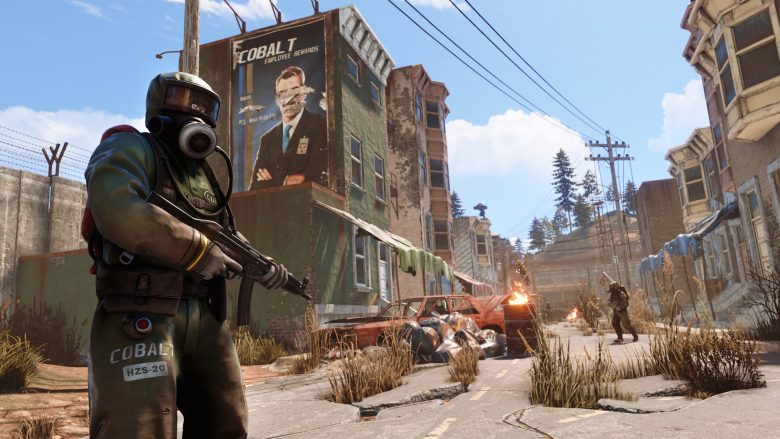
Source: pcgamer.com
For instance, the Hatchet is perfect for gathering wood, hunting animals, and fighting other survivors. The Pickaxe is another powerful melee weapon, while the Stone Pickaxe is ideal for harvesting mineral rocks and breaking through stone structures to gather materials.
It’s obvious why you need armor and weapons. However, the latter has many more purposes, including protecting you from radiation, reducing explosive damage, and providing health boosts.
The Supply Signal is one of the most valuable Rust items you can get because it summons a cargo plane that drops supplies to your location. However, it’s rare, and you can find it only in Military and Elite Crates.
We could go on and on because there are hundreds of Rust items, each with its unique purpose. The key is to gather as many resources as possible because they’ll help you craft tools and weapons, fight your enemies, and have the necessary energy to get through the day.
Gather everything you find along the way using the default “E” key to pick up and use the items in your inventory.
Players acquire items in each new game
Every gaming session in Rust means an opportunity to acquire new stuff. You get free in-game cosmetics just by playing, although you might need to play approximately 100 hours to get a random skin drop. Rust skins have different drop rates, so some might take longer to obtain.
A surefire way to get new stuff is to explore junk piles, roads, and monuments, where you can find many barrels with scrap and resources. You can also find Loot Crates alongside dirt roads and monuments to gather various rare items and components.
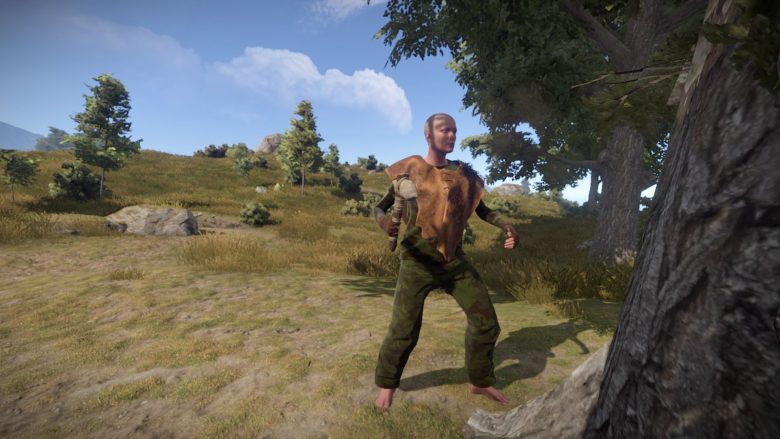
Source: theverge.com
Let’s not forget the famous airdrops. Cargo planes regularly fly over the island to drop 1–3 crates with various supplies. They typically carry the rarest and most valuable items, which you can even loot in the air. Just be wary of other players in the drop radius who might use the same tactic to grab the loot.
Can they be traded?
You can trade Rust skins with other players, except for exclusive skins for special events. If you buy a particular skin from the Rust Workshop, you’ll have to wait seven days to trade it or sell it on Steam or a third-party marketplace.
Trading is an excellent way to get rid of those you don’t like or no longer need and equip your character, tools, and weapons with new cosmetics.
Some common Rust items
The handiest Rust items to craft include the Hatchet, the Pickaxe, the Assault Rifle, the Semi-Automatic Rifle, the Garage Door, and the Medical Syringe.
The most popular Rust skins are the Tempered AK47, the Carbon Facemask, the Military Double Door, the Glory Mask, the Press Vest, and the Blackout Chestplate.
You can choose from many other options, but these are perfect to start with to gain an advantage and survive in the unforgiving environment.
Conclusion
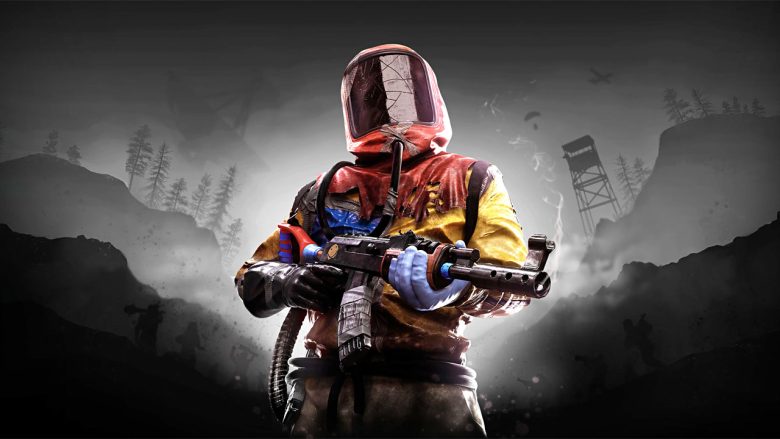
Source: wccftech.com
Gathering and crafting Rust items is necessary for surviving the brutal Rust world. It may seem like an impossible mission, but everything you pick up will help you conquer the wilderness and eliminate threats from the hostile biome and other players.
This guide is your key to getting started, but be sure to explore various tactics to level up your gaming experience and become a master of survival.

